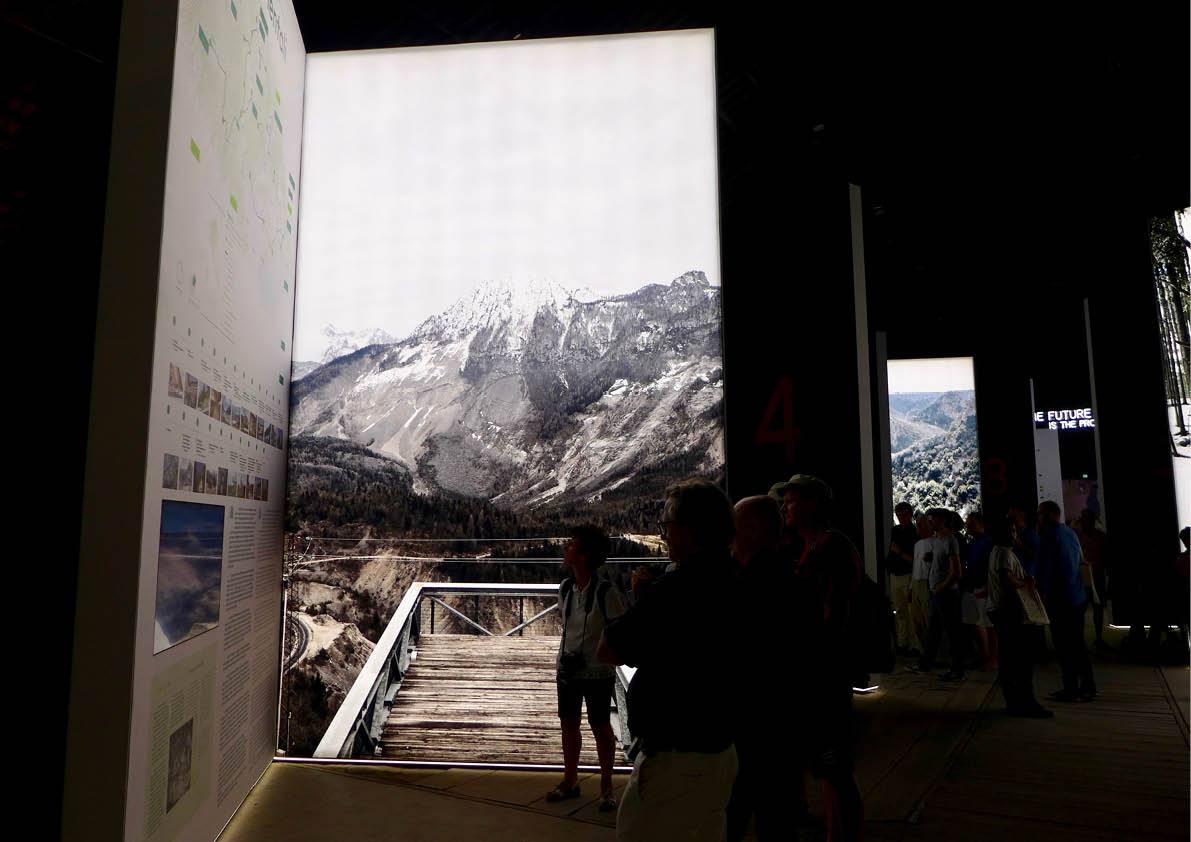
Art and Architectural Historian Dr Anna Marazuela Kim explores Venice this autumn...
Sometime between the blistering heat of tourist-laden summer and the inhospitable wet winds of winter a softer season settles in Venice. Moments of lull afford a more tranquil appreciation of the city appropriate to its historic name, La Serenissima, the Most Serene Republic. Rather than trial to be endured, the wondrousness of the extraordinary floating city slowly begins to re-emerge. Not only do individual forms and textures again become visible, but also something less apparent and more fundamental to the city as a whole: its delicate balance of grandeur and fragility.
Whether as refuge for a population in flight, improbably built upon pilings plunged into the lagoon, extraordinary stage for a remarkable Renaissance culture, or UNESCO world heritage site, Venice has at various times been treasured as a miracle and a gift. This year's Biennale Architettura (on until 25th November) provides a frame for re-orienting the visitor to this view, so often obscured by mass tourism and arguably critical to the city's continued survival.

A central theme of this year's Biennale is generosity: what architecture can give to the world and humanity through spaces of experience and inhabitation. Titled FREESPACE, the event convenes extraordinary visions and discussions of architecture and design from 63 participating countries and studios across the world. It also encourages the public to participate, breaking the boundary between specialists and the simply curious. FREESPACE explores - at various scales and intensities - issues central to our time, such as borders, inclusion, public space and the civic good, as well as heightening our awareness of the relation between natural and man-made gifts.
The multiple distinctive sites across which the Biennale is staged demonstrate its underlying premise: the shaping possibilities of landscape and the built environment. The Giardini encourages a languorous wandering through the various pavilions, as befits a garden.


The large open spaces around the Arsenale, the second major venue, are punctuated by ephemeral structures that invite playfulness and rest between more active forms of participation.
Once the naval powerhouse of Europe, the Arsenale provides a dramatic setting for the larger installations of the Biennale. Spanning 315 metres, the Corderie not only houses remarkable designs but is featured as a marvel in its own right - the immense curtains of hanging rope are a physical reminder of its former role in the world's largest shipyard (pictured above).
While some of the exhibitions are scaled representations of architecture and design, the great spaces of the Arsenale enable an immersive experience of site, landscape and buildings, such as the Arcipelago Italia project (pictured above).

One of the gifts of Venice is the number of artworks that can be enjoyed in relation to site, in magnificent palazzi and in their original settings. This autumn the city pays homage to Tintoretto (c1518-1594) with a 500-year retrospective at the Palazzo Ducale (on until 6th January) and venues across the city that exhibit his works in relation to major painting cycles.
When paired with the Biennale, Tintoretto's distinctive use of architectural frames comes more clearly into view. Though a collaborator with Palladio, and versed in the architectural treatises of Sebastiano Serlio, Tintoretto plays freely with perspective and historic structures. Spectral dreamscapes oscillate between past and present, real and fictive sites, as in his late painting of the theft of the body of Saint Mark, a founding myth of the city (pictured below).

Other resonances emerge in the juxtaposition of Tintoretto with Francesca Woodman (1958-1971), whose photographs are currently on view at Victoria Miro gallery (until 15th December). Deeply informed by her experiences in Italy, many of the works were inspired by the spaces of the Pastificio Cerere, an abandoned pasta factory in Rome that became a centre of artistic experimentation. Both Tintoretto and Woodman are masters of the figure in motion, but two of their quieter images form an unexpected dialogue. In Tintoretto's last rendition of Susanna and Elders (pictured above), he shifts the traditional focus from the violating gaze of the male onlookers to the assured, inviolate figure of Susanna contemplating her own beauty. In highly complex ways, Woodman similarly affirms her body as formal object of beauty as well as activating subject.
In a photograph from the Eel Series created in Venice, the young artist, who tragically ended her life at age 22, lies in a protective curve shaped like the island itself. In symbiosis with the delicate, curling creature, the image suggests the fragile interplay between humans and their surrounding ecology, one that symbolises the city which inspires it.
Words by Dr Anna Marazuela Kim
Image Credits: Tintoretto images in the public domain. Francesca Woodman, From Eel Series, Venice, Italy, 1978. Gelatin silver estate print, 20.3 x 25.4 cm, 8 x 10 in, Charles Woodman, Courtesy Charles Woodman, and Victoria Miro, London/Venice. All other images by the author.

Add a comment